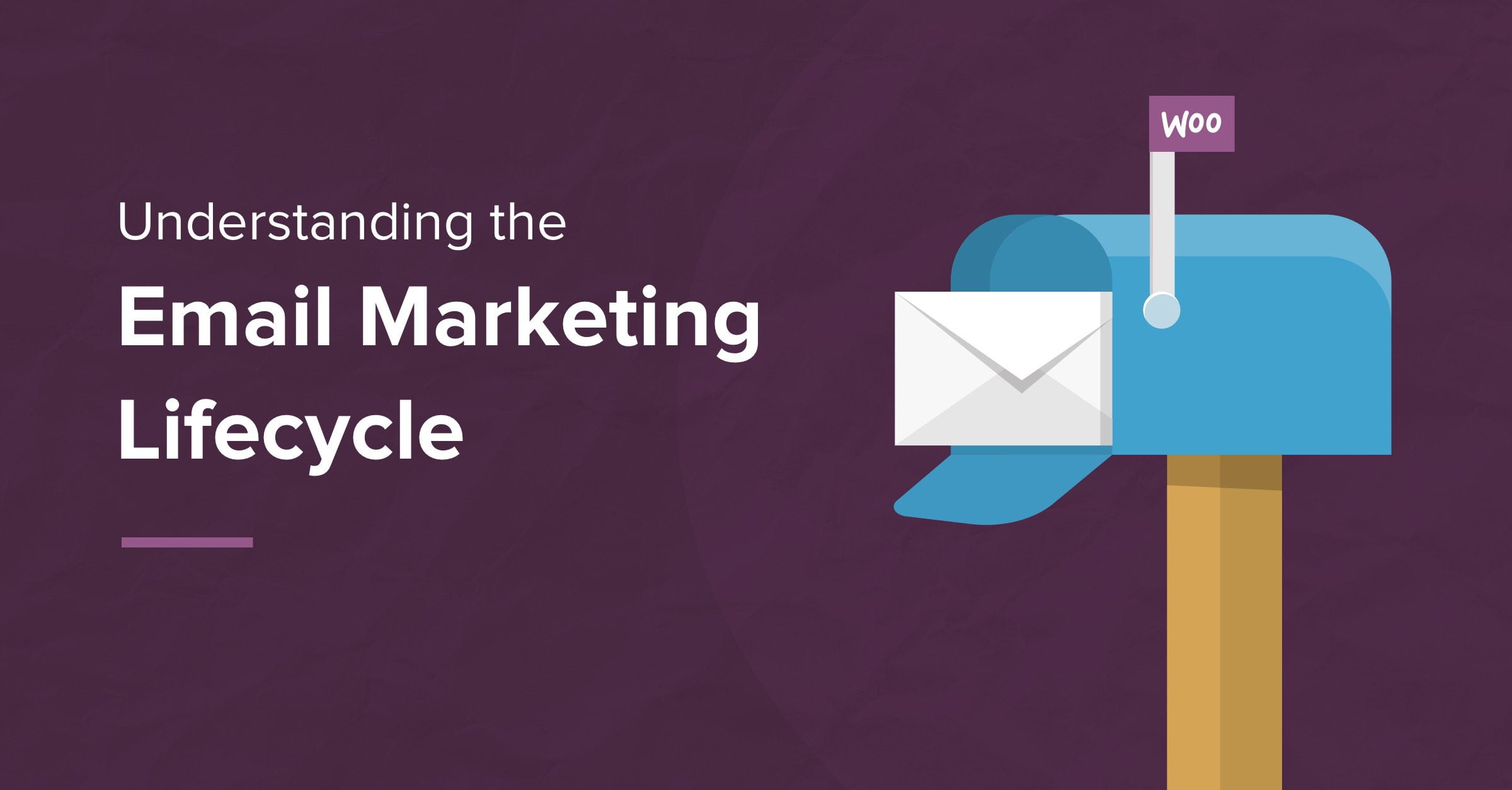The Sequoia Data Corporation introduced Compumarket, the first internet-based system for eCommerce, in 1989. Barely 20 years later, eCommerce sales are predicted to reach $2.84 billion.
But unless you pull customers towards your business, you won’t generate sales — and that’s where email comes in. According to a joint survey by DMA and eConsultancy, 80% of marketers think email is the best marketing channel for customer acquisition, and 81% consider it best for customer retention.
For the next few days we’re putting the spotlight on email marketing to look at four key topics, starting with understanding the email marketing lifecycle.
Email marketing isn’t just about sending marketing emails to your subscribers as part of a sales promotion campaign. Good eCommerce email marketing builds relations with your customers by sending emails with useful information at relevant times. That means sending resources that are meaningful to your subscribers based on the stage of the buyer’s journey they’re in.
What are the different stages of a buyer’s journey, and what emails should you send at each stage?
1. Onboarding: In this stage, a person expresses interest in knowing more about your brand. They may or may not be ready to make a purchase, but they have a hunch that your product might solve their pain point. Your primary focus here is on collecting enough information to know whether the this person matches your buyer persona — whether they’re a potential customer. Once you know, you can send them custom and personalized emails.
2. Lead Nurturing: Here, you further educate your prospective customer — your lead — about your brand and your products. The goal of emails in this stage is to educate people enough to empower them to make purchasing decisions.
3. Sales / Promotional: Now, your efforts start to cash in: your lead now knows enough about your products to make a purchase. They might still need a little push to make the decision, so emails at this stage act like catalysts. Messages announcing and promoting sales, discounts, or coupons encourage your lead to become a customer.
4. Transactional: This is a moment of pride! Your lead is now a customer, and is part of your sales cycle. The emails in this stage are only sent once the person has made a purchase, to communicate key information like purchase confirmations and suggest other relevant products.
5. Behavioral: These emails are triggered based on what a lead or customer does. When a person completes a pre-defined action, an email is sent within a particular window of time: if someone adds an item to their shopping cart but leaves your site without buying it, they might get a “Hey, forget something?” email 24 hours later.
And there you have it — a brief introduction to the email marketing lifecycle. Each stage has a couple of flagship emails that most businesses will want to use, and there are a number of tools and integrations for WooCommerce that will get you set up for email success.
Stay tuned for the rest of this series.
——-
This series is brought to you by Kevin at Email Uplers. Find out more about their services for coding email templates, and designing email newsletters and landing pages.

